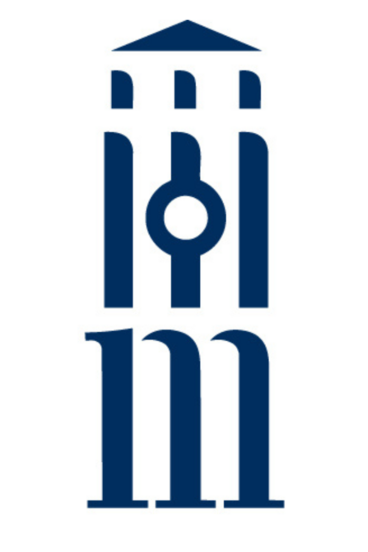List of Figures
List of Tables
Foreword
By Roger Rosenthal, Executive Director, Migrant Legal Action Program, Washington, DC.
Introduction
Why do we need a book about newcomers?
Who are our newcomers?
Where are our newcomers coming from?
What needs do newcomers bring to our classrooms?
Five Best Practices for Meeting the Academic, Social and Emotional Needs of Newcomers
Best Practice Number One: Collaborate with school professionals to create a program specifically to meet the unique needs of your new arrivals.
Best Practice Number Two: Provide intensive literacy, numeracy, and content area support, especially for students with interrupted schooling.
Best Practice Number Three: Develop the classroom supports necessary for students to achieve academic success.
Best Practice Number Four: Provide supports that address the physical, social, and emotional challenges of newcomers.
Best Practice Number Five: Work with families and communities to support students outside of school environment.
Chapter One: Creating a Program to Serve Newcomers
Best Practice Number One: Collaborate with school professionals to create a program specifically to meet the unique needs of your new arrivals.
History of Newcomer Programs
Program design considerations
Critical components of a newcomer program
Low incidence programs
Elementary programs
Secondary programs
Programs for older teen
Programs for students with limited or interrupted formal education (SLIFE/SIFE)
Newcomers with disabilities
Newcomers who are gifted and talented.
Programming for adults
The United States Department of Education Newcomer Toolkit
Chapter Two: Academic Supports for Newcomers
Best Practice Number Two: Provide intensive literacy, numeracy, and content area support, especially for students with interrupted schooling.
Literacy development for newcomers
Critical components of a literacy program
Literacy instruction
Numeracy development for newcomers
The myth of ‘math is universal’.
Word problems
Teaching numeracy to newcomers
Teaching content to newcomers
Chapter Three: Instructional Strategies and Classroom Activities for Newcomers
Best Practice Number Three: Develop the classroom supports necessary for students to achieve academic success.
Welcoming new students
Tips for supporting all new arrivals.
Where to begin instruction
Checklist for welcoming students
The Hidden Curriculum
Supporting students’ cultures: How to be a culturally proficient teacher of newcomers
Progression of Instruction Based on Language Proficiency
Instructional strategies and supports for new arrivals.
Activate prior knowledge
Teach language and content simultaneously
Employ graphic organizers
Utilize peer assistance and group work
Focus on vocabulary
Use sccommodations and modifications
Apply the Gradual Release of Responsibility Model
Promote translanguaging.
Teaching to standards
Co-teaching for Newcomers
English Learner Co-Teaching Configurations
Assessment: Showcasing student growth through multiple measures of growth
Chapter Four: Physical, Social, and Emotional Supports for Newcomers
Best Practice Number Four: Provide supports that address the physical, social, and emotional challenges of newcomers.
Newcomers who are dually identified
Utilizing Multi-Tiered Systems of Support (MTSS) for newcomers
Addressing student physical, social, and emotional needs
Importance of a trained staff
Chapter Five: Beyond the Classroom Supports for Newcomers
Best Practice Number Five: Work with families and communities to support students outside of the school environment.
Developing and sustaining family partnerships
Collaborating with community organizations
How community organizations can support newcomers
How to get connected with community organizations.

